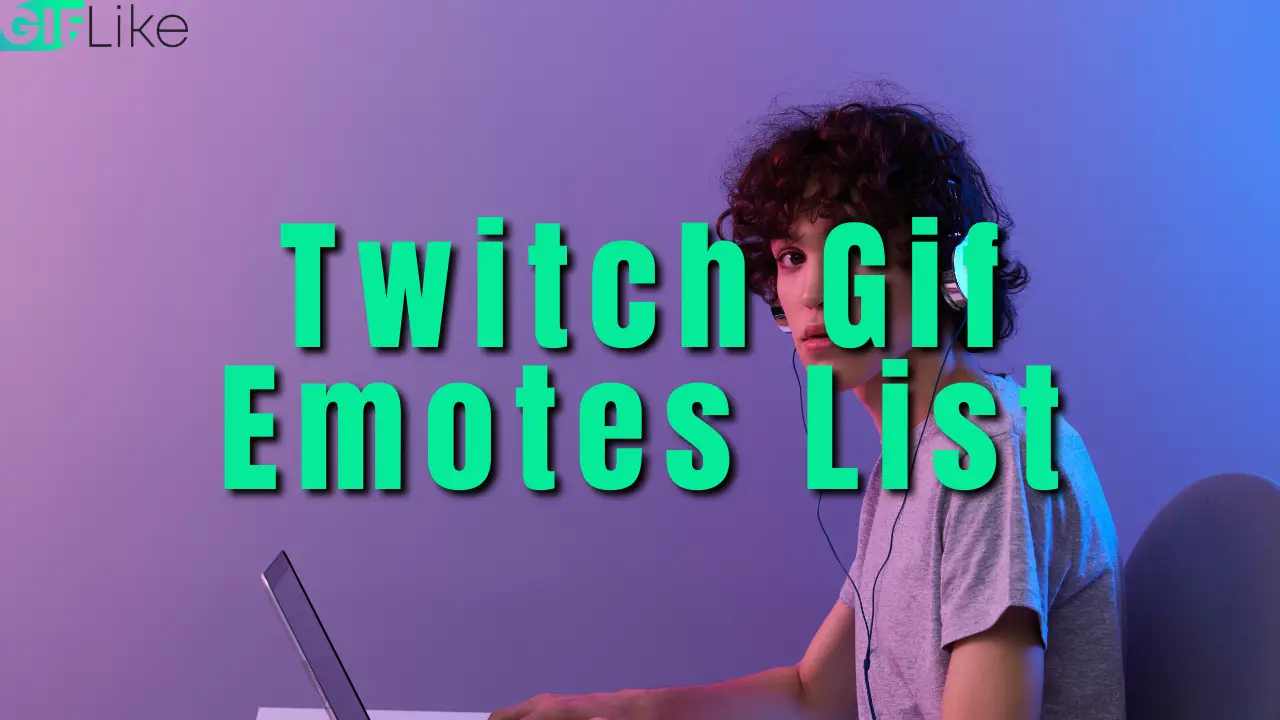I love this tool for creating amazing gifs on the fly. Check it out here
There is a lot of debate over whether or not you can use memes in your YouTube videos. Some people say that they are just overused and Clickbait, while others believe that they are a great way to add humor and engagement to your content.
So, what’s the answer? Can you use memes in your YouTube videos or not? In this blog post, we’ll take a look at the pros and cons of using memes and give you some tips on how to use them effectively.

Can I Use Memes in My Youtube Video?
Yes! You are free to use them and simply utilize the meme visual and your own audio if you follow youtube guidelines and use the meme visual and add your own audio to that, it is acceptable.
If you don’t have audio, you can use the meme visual as long as it is under 8 seconds and does not have any copyrighted material in it.
There are a few things to keep in mind when using memes, however.
First, consider whether or not the meme is appropriate for your audience. If you’re aiming for a family-friendly audience, for example, you’ll want to avoid using any profanity-laden or otherwise offensive memes.
Second, make sure that the meme you’re using is actually funny. There’s nothing worse than a forced or unfunny meme, so take some time to find ones that will actually make your viewers laugh.
Finally, be aware of copyright law when using memes. Some memes are copyrighted, so be sure to check before using them in your videos.
Overall, using memes in your YouTube videos can be a great way to add humor and engagement. Just be sure to use them wisely and avoid any potential copyright issues.
Is It Legal to Use Memes in Videos?
Copyright law protects memes. This implies that the creator of the meme has certain rights to it.
Although it may appear otherwise, using a meme in any form—whether by sharing or posting—breaches copyright law.
The Copyright Act of 1976 protects “original works of authorship,” including memes. The law applies to both published and unpublished works. When a meme is created, the creator owns the copyright in the image.
This means that if you want to use a meme in your video, you need to get permission from the creator. However, there is a fair use exception to copyright law that may allow you to use the meme without permission.
What Is Fair Use?
Fair use is a legal doctrine that allows the limited use of copyrighted material without getting permission from the rights holder. It’s a gray area, and courts will weigh a number of factors to determine if something is fair use.
The factors courts will consider include:
- The purpose and character of the use, including whether it’s for commercial or non-profit purposes
- The nature of the copyrighted work
- The amount and substantiality of the portion used in relation to the copyrighted work as a whole
- The effect of the use on the potential market for or value of the copyrighted work
Generally, courts have found that using a small amount of a copyrighted work for the purpose of criticism, commentary, or parody is fair use. However, there is no hard and fast rule, and each case will be decided on its own merits.
If you’re unsure whether your use of a meme is fair use, you can consult with an attorney.
Tips for Using Memes in Videos
If you decide that using memes in your videos is right for you, there are a few things to keep in mind.
First, make sure you have permission from the meme creator. You can do this by emailing or messaging them directly. If you can’t get in touch with the creator, you may be able to find their contact information on the website where you found the meme.
Second, give credit to the creator in your video. This can be done in the video description or in the credits. Giving credit is good manners, and it will help you avoid any legal trouble.
Finally, don’t overdo it. A few well-placed memes can add humor and engage your audience, but too many can be distracting and take away from your message.
Can Memes Be Monetized on YouTube?
In late 2019, after examining a large number of non-original meme content and the fact that many memes infringe third-party copyright, YouTube began restricting meme content for commercialization.
Your material must be original if you want it to be monetized on YouTube.
Some YouTubers have found ways to get around this rule by creating mashups of pre-existing memes or by using original footage with new audio. However, these methods are not foolproof and could still result in your content being removed or demonetized.
Are Memes Copyrighted?
One of the big concerns with using memes is that they may be copyrighted. After all, many memes are created from popular culture references and images. However, there are a few things to keep in mind when it comes to copyright and memes.
First, it’s important to understand that copyright law protects original works of authorship. This means that if you create a meme, you own the copyright to that meme. However, if you use someone else’s copyrighted work in your meme, they may be able to take legal action against you.
There are a few ways to avoid this issue. First, you can make sure that the copyrighted work you’re using is in the public domain. This means that the copyright has expired or that the work is no longer protected by copyright law.
Another option is to get permission from the copyright holder to use their work in your meme. This can be tricky as many copyright holders are unlikely to give you permission to use their work in this way.
Finally, you can use a Creative Commons license. This type of license allows you to use copyrighted works in your meme as long as you give credit to the copyright holder.
Conclusion
Memes can be a great way to add humor and engagement to your content, but you should use them wisely. Make sure that the memes you choose are appropriate for your audience and that they are actually funny.
Additionally, be aware of copyright law when using memes in your videos. If you follow these tips, you’ll be able to use memes effectively and avoid any legal trouble.






